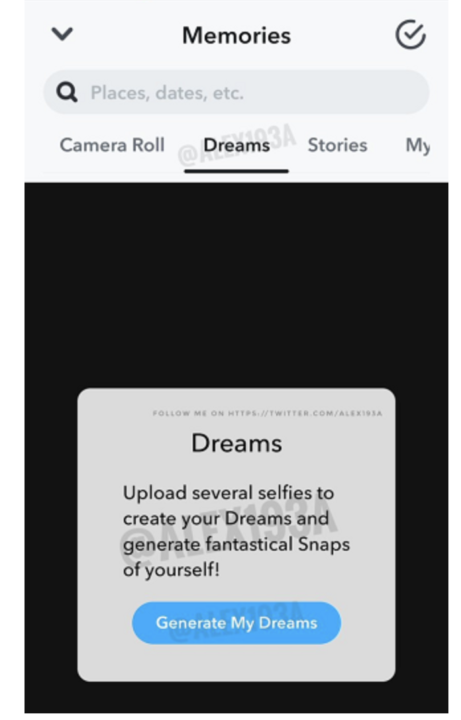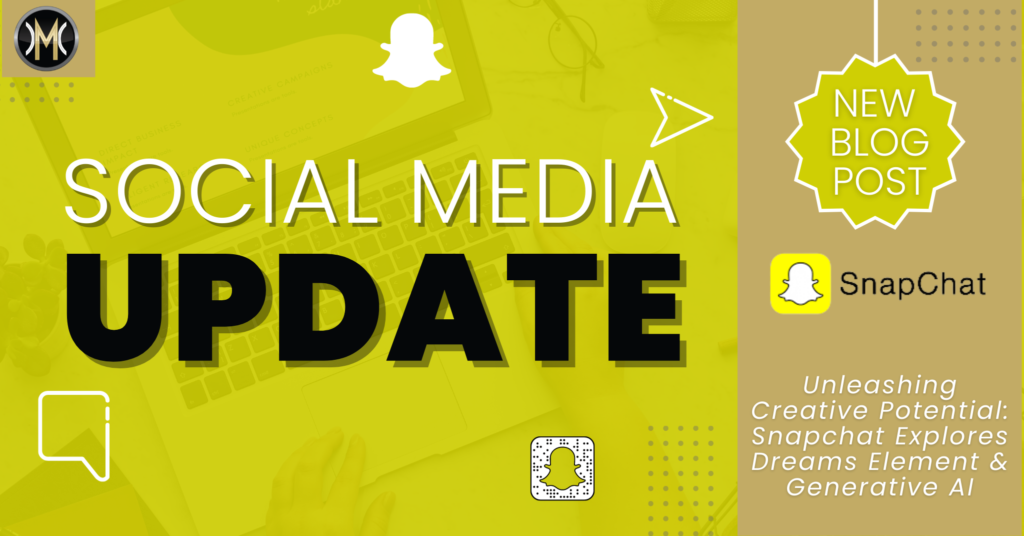Despite the buzz surrounding generative AI, it seems that its optimal use case in a social media context has yet to be discovered. While generative AI and social media are part of the broader tech landscape, social platforms are actively exploring ways to tap into the generative AI trend to maximize engagement and user interaction. However, the current implementation of AI concepts within social apps has yielded mixed results.
Snapchat introduced ‘My AI,’ allowing users to chat with an AI bot and ask questions within the app. While initially intriguing, the novelty wears off quickly. Similarly, both TikTok and Instagram are developing visual creation tools powered by AI, promising AI-based filters and selective creative tools. While these tools have their merits, they don’t necessarily deliver groundbreaking experiences.
Snapchat’s latest venture, ‘Dreams,’ adds another visual AI element by enabling users to place their likeness into AI-powered realms.

While intriguing, it still falls within the realm of creation tools based on text prompts, albeit with a different twist. Text-based generative AI options are also making their way into social apps, such as AI summaries and post creation options on LinkedIn. However, this seems contrary to the essence of social apps, which primarily revolve around genuine human connections.
While the current batch of generative AI tools is undeniably impressive, their practical use cases seem limited compared to the hype surrounding them. While there may be concerns about AI replacing jobs, the reality is that human expertise is still crucial to ensure the accuracy and coherence of AI-generated outputs. AI tools often create nonsensical content, and the workload reduction for written content is not as significant as one might expect.
In terms of visuals, there are exciting opportunities, but they still fall short in many cases. Generating visually appealing content remains a challenge, and the real hurdle lies in conceptualizing ideas rather than creating the actual images. Generative AI doesn’t necessarily address the fundamental issue of sparking creativity, even though it provides more avenues for experimentation and concept realization.
This lack of groundbreaking generative AI options in social media reflects the broader trend. While the technology itself is astounding, its practical applications are not as advanced as some reports might suggest. Generative AI holds great potential and will undoubtedly impact workforce dynamics, opening up new possibilities. However, it’s important to recognize that we are still in the early stages of this transformative shift.
Generative AI has the potential to revolutionize the way we interact with technology, but its current state in social media is characterized by background-altering tools and gimmicky chat tricks. As the field continues to evolve, we can expect more substantial advancements, but for now, we are witnessing the nascent stages of this transformative technology.




